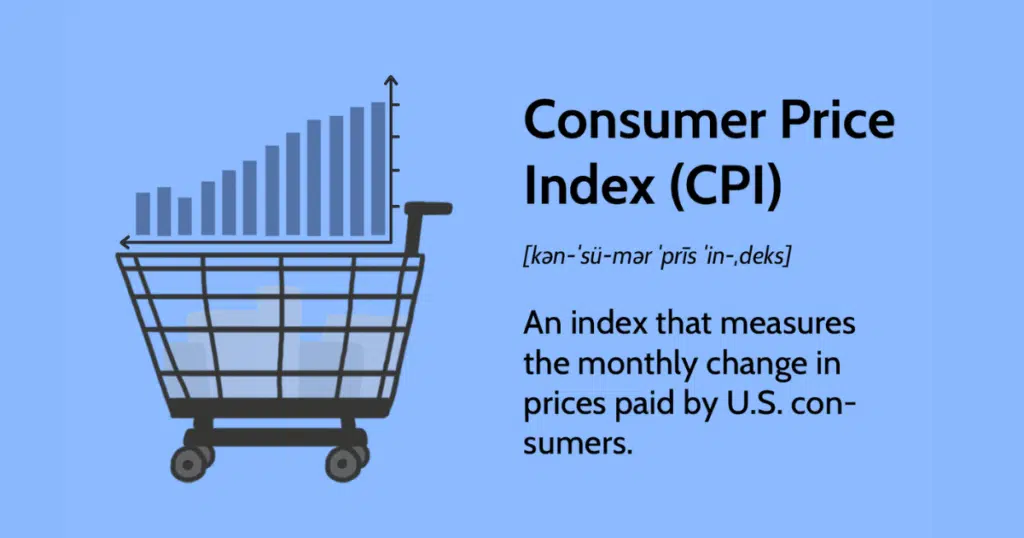Understanding the Consumer Price Index (CPI)
The Consumer Price Index (CPI) is an index that tracks the prices of a basket of goods and services to provide insights into specific market segments.

Its purpose is to monitor the prices of consumer goods and services that the average consumer is likely to purchase and afford.
The CPI serves as a benchmark for measuring economic developments, particularly the impact of inflation or deflation.
Governments utilize CPI data to inform their monetary policy decisions and adjust subsidies for lower-income individuals.
Informing Business and Consumer Decisions
However, the CPI serves a broader function beyond assessing government economic policies. It also provides businesses and citizens with information about price changes in the economy, enabling them to make informed decisions.
The CPI covers many individuals, including professionals, self-employed individuals, and the unemployed.
Major groups included in the CPI calculation encompass housing, apparel, education, communication, and more.
Regional Variances and Buying Patterns
While the CPI is generally effective, it does have limitations. It may fail to capture regional price variations and assumes homogeneity in buying patterns.
Despite these shortcomings, the CPI remains a valuable tool for understanding and analyzing economic trends.